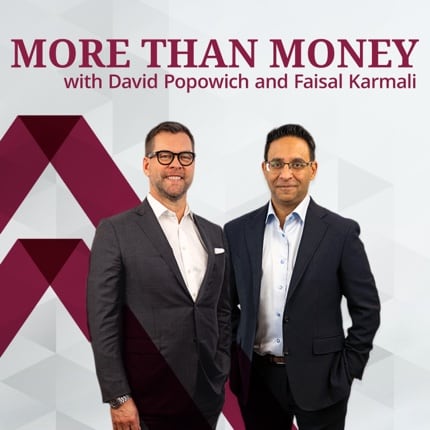Guest blog by the Alberta Securities Commission
For many Canadian investors, investment funds are commonly used to build a diversified portfolio. Diversification in investing means the act of spreading your investment risk across multiple companies and investment types. Investment funds like mutual funds and exchange-traded funds enable investors to pool their money together to invest in a basket of investments like stocks and bonds rather than having to buy each investment directly. To help investors learn more about a publicly available fund, fund issuers are required to provide a prospectus and a fund fact sheet on their websites, which are documents that outline important information about the fund and its managers.
While investment funds are a great way to gain exposure to a range of investments and can help mitigate investment risk, investors need to take the time to properly understand the information contained within the prospectus before buying in. Here are a few things to consider when determining if a fund is right for you.
1. The fund’s objective
A fund’s objective is a high-level overview of what it aims to achieve for its investors. Every publicly available fund will include its objective within its prospectus. For example, a fund’s objective could be to track the performance of a particular market segment, provide long-term capital growth, or generate regular monthly dividend income, which is profits from the businesses held in the fund, paid to investors for holding shares or units. Investors should ensure that the fund’s objective aligns with their goals and when they will need to withdraw their money before adding it to their portfolio.
2. The fund’s strategy and asset allocation
Reviewing the fund’s policy or strategy is a way to examine how the fund aims to achieve its objectives. Investors can better understand the fund’s strategy by examining the types of sectors, countries, and investments the fund will invest in and the percentage of the fund allocated to each.
Reviewing asset allocation also helps investors avoid inadvertently over-investing in a particular company, country, or sector, which could skew their risk level and overall asset allocation mix for their entire portfolio.
3. The fund’s risk rating and performance
The level of risk that an investor is willing to embrace is a critical component of any investment. Higher levels of risk can potentially provide a more significant return, but it can also increase the chances of losing money.
While past performance is not a guarantee of future performance, investors can also review year-over-year returns and average returns over time to see if the risk and return align with their financial goals.
Finally, if the fund tracks a benchmark index (a list of companies or investments within a market segment), investors should assess how well it compares to its benchmark. Essentially, the closer it matches its benchmark, the more accurate the fund is in providing equivalent returns after fees.
4. The fund’s trading information and fees
Last but not least, investors should take the time to review the trading information for the fund. In this section of the prospectus, investors can confirm important details, including who runs the fund, what exchange the fund is listed on, the currency the fund can be purchased in and the management fees associated with holding shares or units of the fund. It’s essential to recognize that fees can significantly impact the overall returns of your investment. Seeking out funds with lower management fees that align with your goals can help reduce your investment management costs, which can compound over time as your investment grows.
Investment funds can be an essential asset in your portfolio. By reviewing the prospectus information thoroughly, investors can better ensure that they choose funds that align with their risk tolerance, time horizon, and fee expectations.
Before you jump into any investment opportunity, it’s important to stop and ask yourself, “Does this fit with my strategy?”. Talk to your wealth advisor to get a clear understanding of investment funds and determine if it is a good option for your particular situation.
For more information about choosing the right investments for you, check out resources offered by the Alberta Securities Commission.
David Popowich and Faisal Karmali are Investment Advisors with CIBC Wood Gundy in Calgary. The views of David Popowich and Faisal Karmali do not necessarily reflect those of CIBC World Markets Inc.
This information, including any opinion, is based on various sources believed to be reliable, but its accuracy cannot be guaranteed and is subject to change.
Commissions, trailing commissions, management fees and expenses all may be associated with mutual fund investments. Please read the prospectus before investing. Mutual funds are not guaranteed. Their values change frequently, and past performance may not be repeated.
CIBC Private Wealth consists of services provided by CIBC and certain of its subsidiaries, including CIBC Wood Gundy, a division of CIBC World Markets Inc. Insurance services are available through CIBC Wood Gundy Financial Services Inc. In Quebec, insurance services are available through CIBC Wood Gundy Financial Services (Quebec) Inc. The CIBC logo and “CIBC Private Wealth” are trademarks of CIBC, used under license. “Wood Gundy” is a registered trademark of CIBC World Markets Inc.











